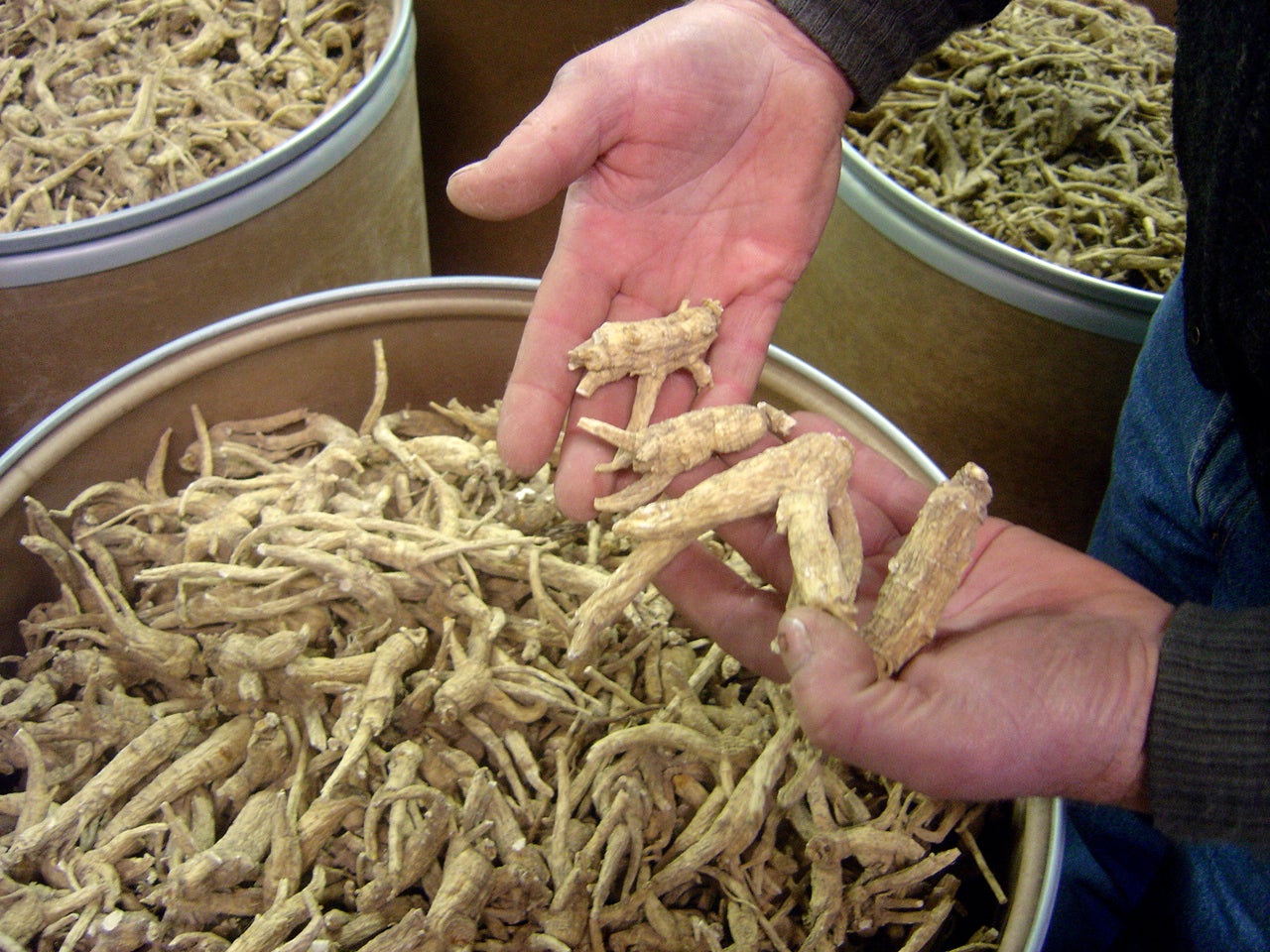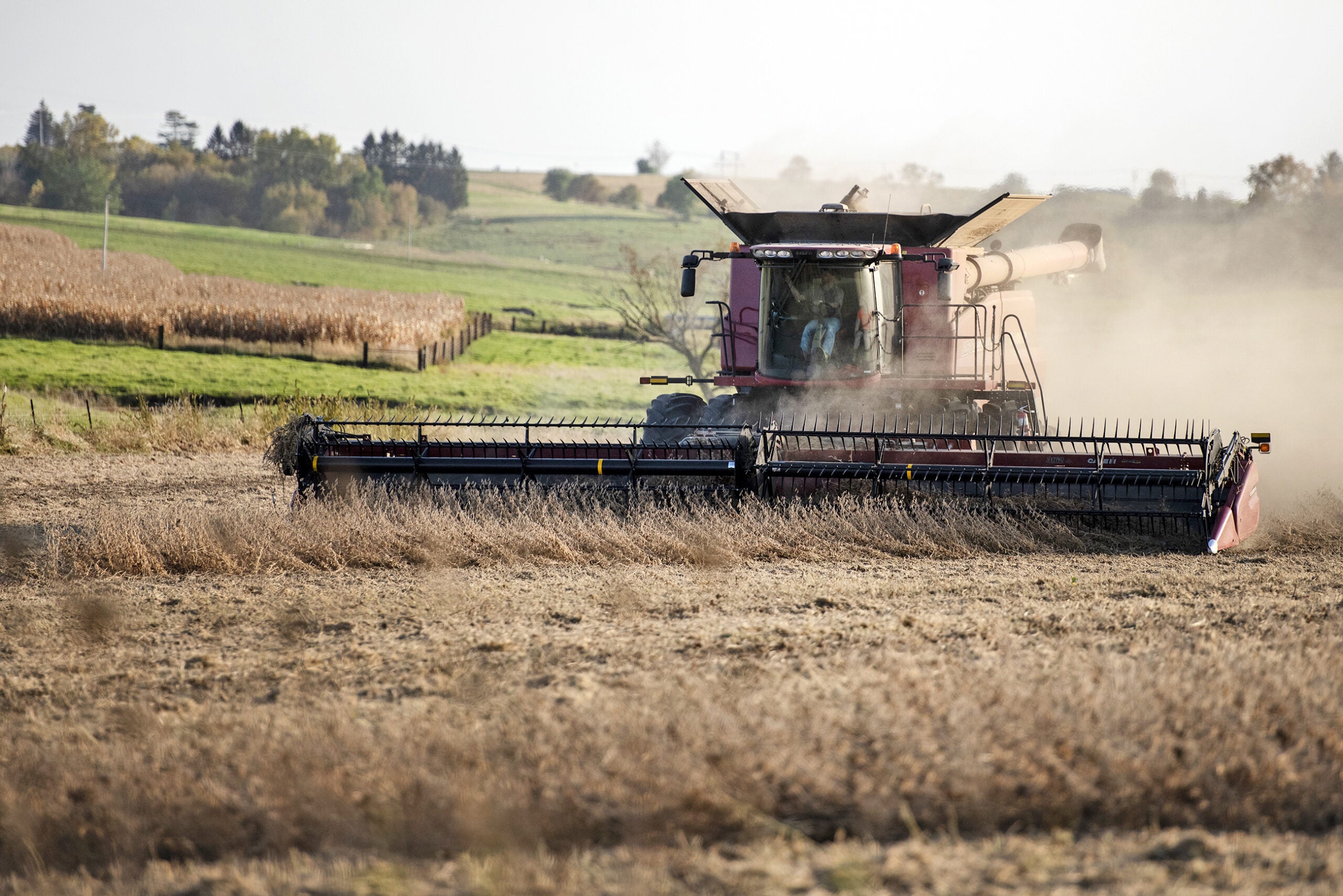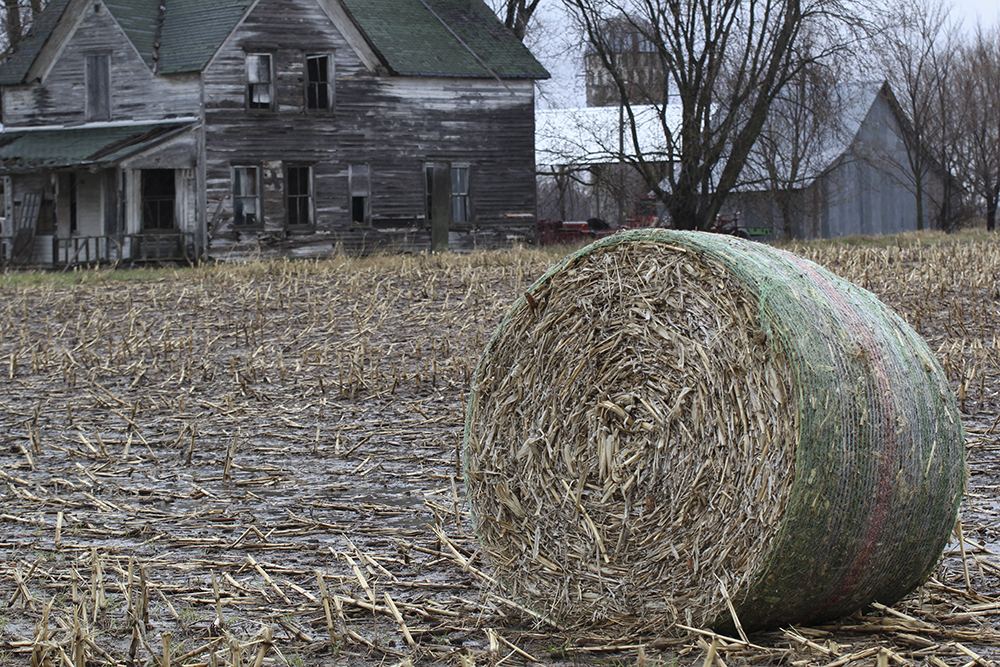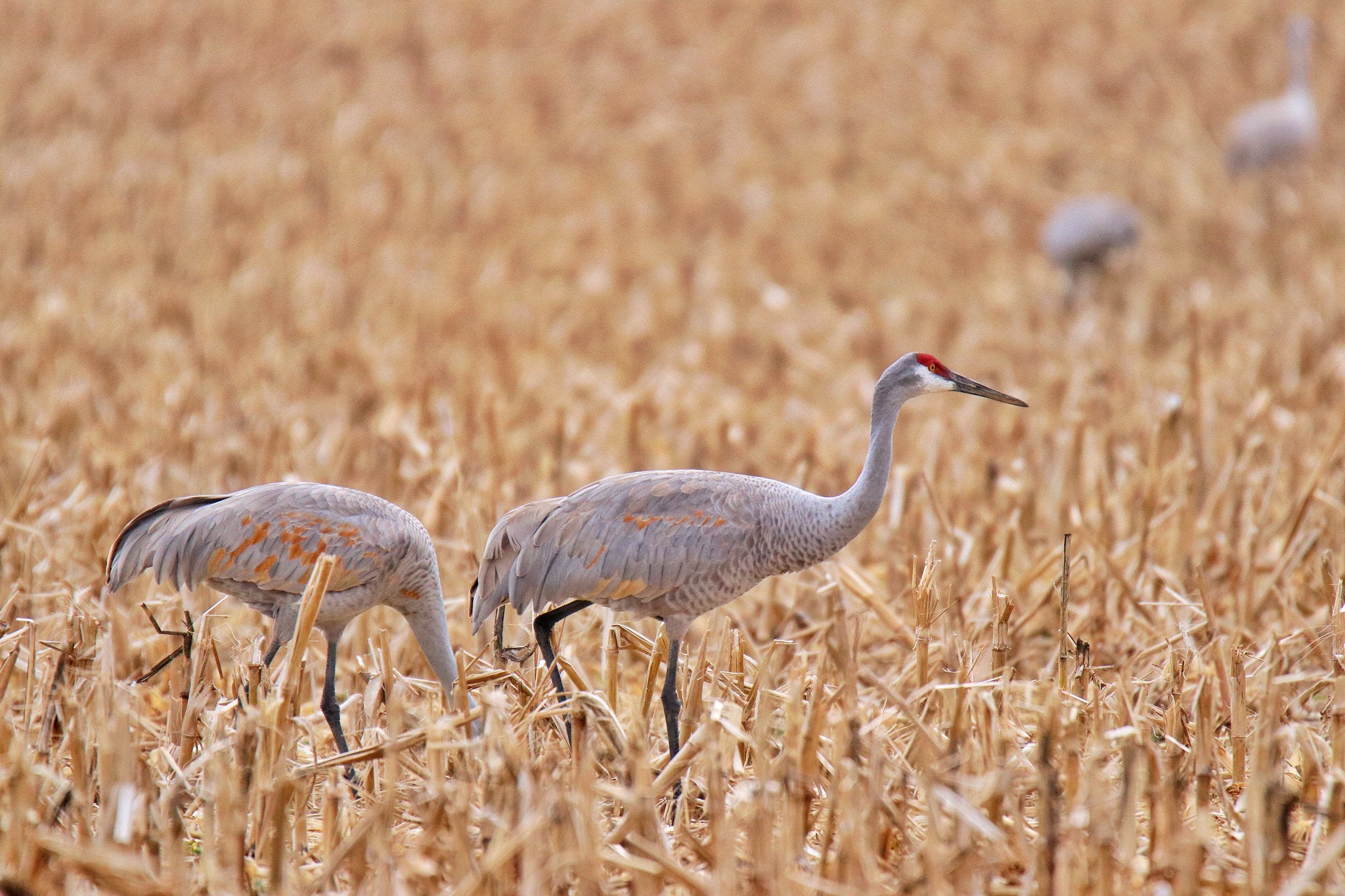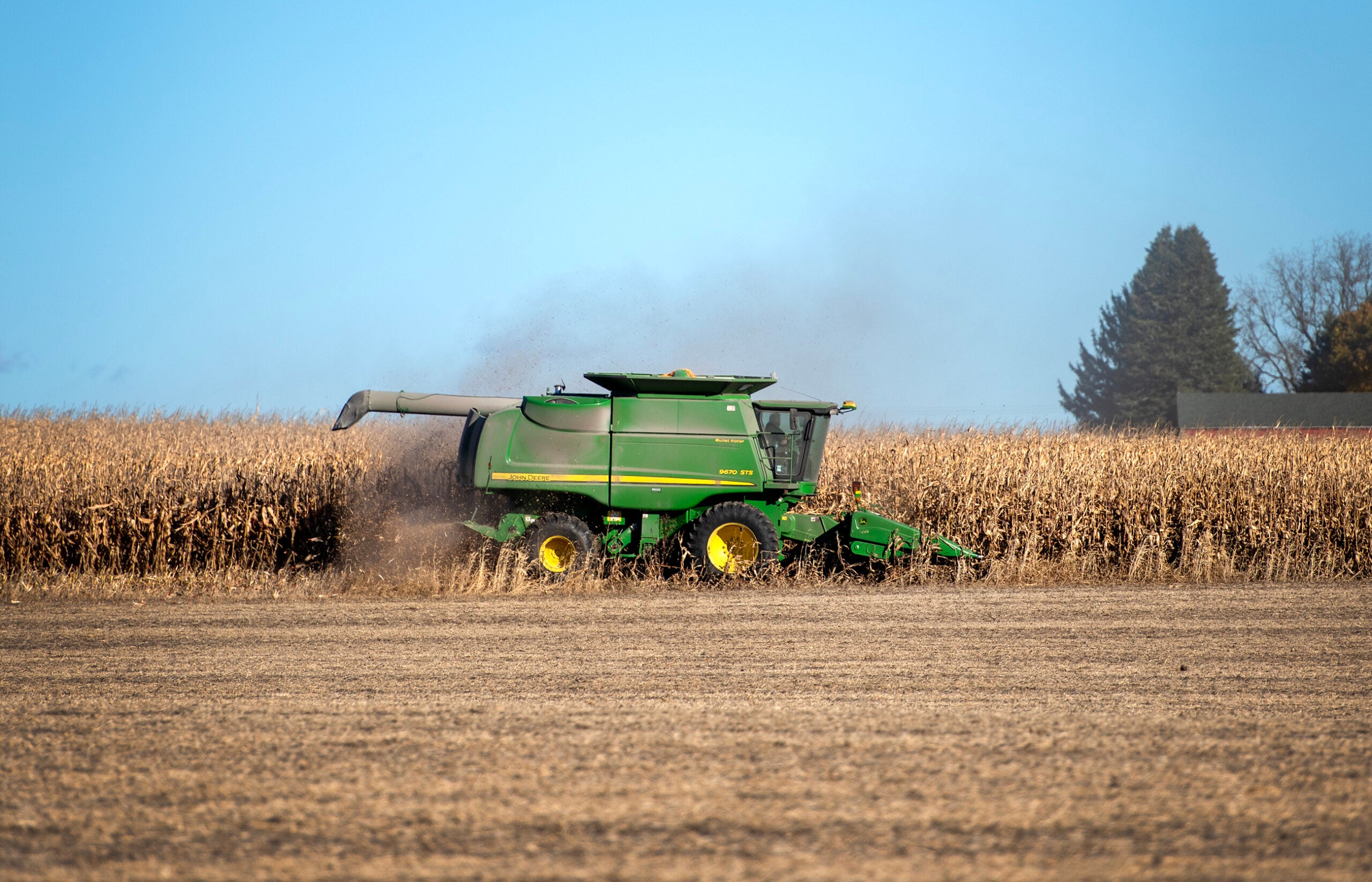Wisconsin farmers will receive an average of $39 per acre on this year’s crop under the U.S. Department of Agriculture’s tariff relief program.
The newly announced Market Facilitation Program rates for non-specialty crops like corn and soybeans are based on county. It’s a change from last year’s program, which provided payments based on farmers’ total yields.
Milwaukee county had the highest payment rate in Wisconsin at $59 per acre, with Kenosha, Racine and Rock counties right behind at $58 per acre. Ashland, Bayfield and Iron counties had the lowest at $15 per acre.
Stay informed on the latest news
Sign up for WPR’s email newsletter.
Paul Mitchell, director of the Renk Agribusiness Institute at the University of Wisconsin-Madison, said the rates are based on the average yield of crops in each county and how much prices have been impacted by increased tariffs from China and other trading partners.
“I was very surprised to see Milwaukee County at the top and I’m not really sure why, which crop it was that had a high yield and a high price impact,” Mitchell said.
He said northern counties tend to have lower crop yields, which likely influenced those rates.
Nationally, Mitchell said Wisconsin’s rates are much lower than what farmers growing rice, cotton and peanuts in southern states will receive.
“In some of those counties down there, farmers are going to get paid $150 per acre for their crops where Wisconsin’s maximum is $59 per acre. So you can see regionally, some parts of the country are going to do better than others,” Mitchell said.
He said Wisconsin’s rates are also slightly lower than Iowa and Illinois because those counties tend to have higher yields of corn and soybeans.
A historically wet spring in the Midwest kept many Wisconsin farmers from planting crops on time this year. Producers who filed a prevented planting claim through crop insurance programs and planted an eligible cover crop will be eligible for $15 per acre.
“I could see some farmers running out and getting some cover crops for forage planted on their prevented plant acres if they haven’t already done so,” Mitchell said.
The USDA previously announced it would allow farmers to cover crops on prevented planting acres early this year because of a shortage of forage for livestock. Mitchell said that change, along with the $15 per acre, will make planting a cover crop financially worthwhile for more farmers.
This year’s aid program will also give dairy farmers 20 cents per hundredweight, or 100 pounds, of milk based on their production history.
Mitchell said that will mean around $50 per cow for many farmers in Wisconsin.
But he said cranberry and ginseng growers in Wisconsin will likely receive the largest payments in Wisconsin.
Cranberry growers can receive 3 cents per pound up to 21,371 pounds per acre for 2019 plantings.
“That’s almost a 9 percent increase, roughly, above what they’re usually getting in terms of dollars per acre if you just take the state average,” Mitchell said. “So cranberry farmers are going to find that useful and same is with ginseng.”
Ginseng growers can get $2.85 per pound up to 2,000 pounds per acre for 2019 production.
But farmers could actually end up receiving less than the full amount allocated. The first Market Facilitation Program payment is expected to be released in mid- to late August and will be 50 percent of a producer’s calculated payment or $15 per acre, whichever is higher.
Mitchell said the USDA chose to break up the aid into payments to give themselves more flexibility.
“It’s smart from their perspective. You don’t want to pay (farmers) if they don’t really need it, if markets respond quickly and some farmers are able to capitalize on the changes,” Mitchell said.
Producers can start signing up for the program Monday and have until Dec. 6 to apply.
Wisconsin Public Radio, © Copyright 2025, Board of Regents of the University of Wisconsin System and Wisconsin Educational Communications Board.
